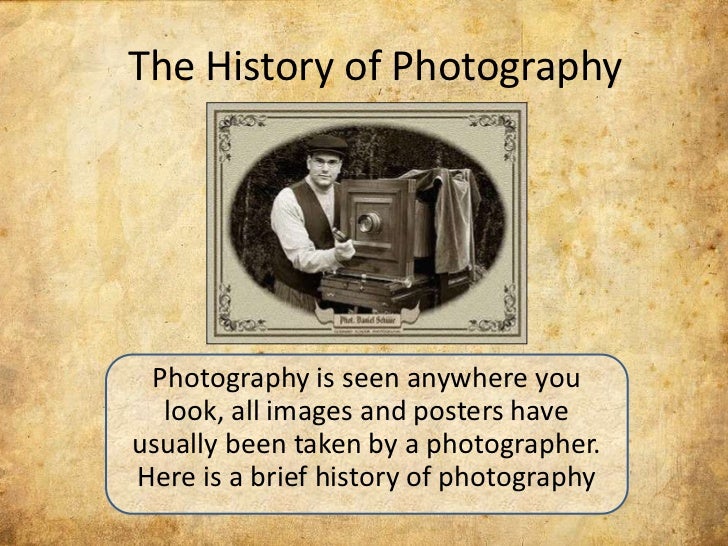In as much as we love taking photos, Let's have a look at seven facts about the history of photography that you must know:
 |
| Photo credits elijah Karungu |
1.The first selfie ever
Selfies are all the craze these days they dominate the today's Internet. People wink, pout, and give different expression in the camera to click their own pictures. But do you know who clicked the world's first selfie? It was Robert Cornelius: He was a chemist and a photography enthusiast from Philadelphia, USA. He had set up his camera in the back part of his family store. He removed the lens cap and ran into the frame to capture his own photograph. The image capturing process took around one minute, after which he went back to cover the lens. On the photograph's back side, he wrote 'first light picture ever taken'. Clicked in 1839, this first ever selfie is over 175 years old.
2.The first colored photo
No one wants a black and white photo anymore let's find out the first colored photograph when was it taken.
The first ever colored photograph was taken in 1861 by a popular physicist from Scotland, named James Clerk Maxwell. He was already famous for his contributions in electromagnetism, and he used this photograph in one of his lectures. It was a set of 3 black and white photographs captured through red, green and blue color filters. Because it was quite imperfect and unimpressive, it soon was forgotten. Later, Charles Cros and Louis Ducos du Hauron made viewing of photographs possible without projecting them. They even used this method to create full color paper prints.
3. The oldest still existing photograph
Its well known as a throw back we all love throw backs but have you considered how and when was the first TBT TAKEN and how it looks like. The oldest photograph that still exists, was created in 1826-27 by Joseph Niepce. He used a polished pewter sheet, which he rendered light sensitive by applying a thin coat of bitumen. This is a naturally produced petroleum tar, which he dissolved in lavender oil, applied on the pewter surface and left it to dry. After exposure in the camera for around 8 hours, the bitumen got hardened. As the unhardened portions were not removed using a solvent, a positive image was left. To actually see the plain image, one had to lit the plate and view it in such a manner that the bitumen looked light and metal looked dark. Later, he refined this process, after which the image viewing became easier and the exposure times were significantly reduced.
 |
| Photo credits elijah karungu |
No one wants a black and white photo anymore let's find out the first colored photograph when was it taken.
The first ever colored photograph was taken in 1861 by a popular physicist from Scotland, named James Clerk Maxwell. He was already famous for his contributions in electromagnetism, and he used this photograph in one of his lectures. It was a set of 3 black and white photographs captured through red, green and blue color filters. Because it was quite imperfect and unimpressive, it soon was forgotten. Later, Charles Cros and Louis Ducos du Hauron made viewing of photographs possible without projecting them. They even used this method to create full color paper prints.
 |
| credit elijah karungu |
 |
| Taken 1826 |
4.Introduction of photography as an art form
It was Alfred Steiglitz who introduced photography to the masses as an art form. He was an American modern art promoter and photographer who ran an art movement and made photography a part of people's everyday life. He had a passion for photography and owned a number of art galleries in New York, with an aim to introduce European artists to the public. He recognized photographers as artists, and started Photo-Secession.
Its of great importance to recognize this facts as they have made photography what it is today.





